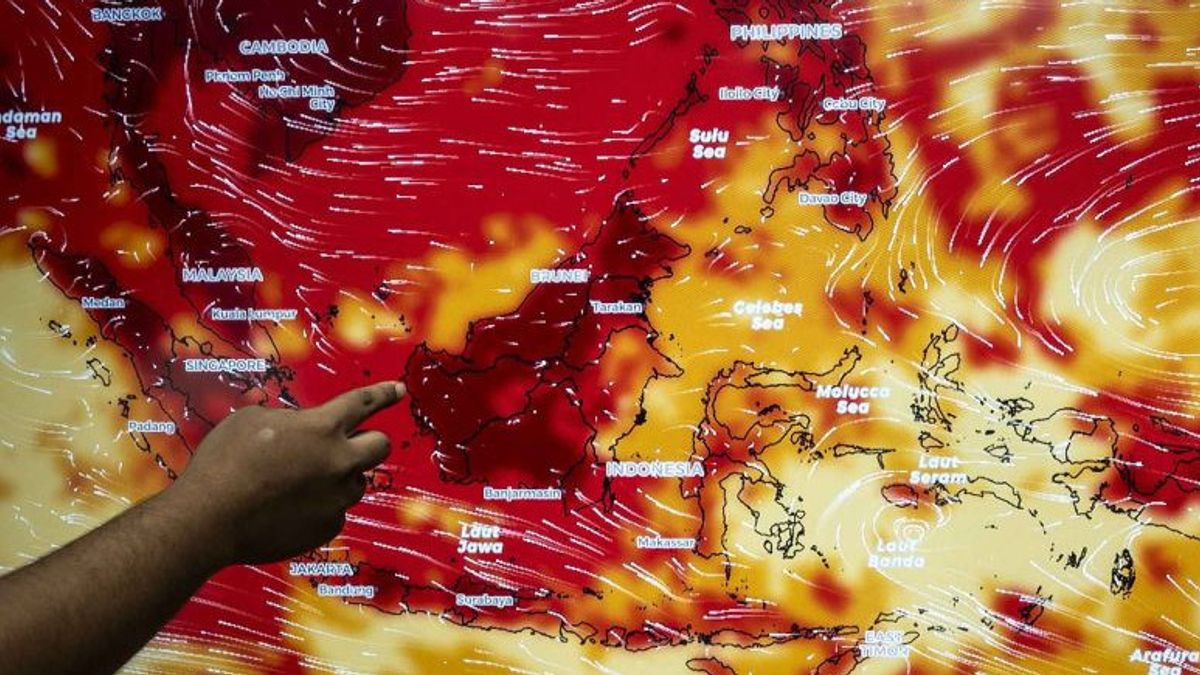JAKARTA - The Meteorology, Climatology and Geophysics Agency (BMKG) explained that the hot and hot phenomena currently occurring in Indonesia were triggered by surface heating factors as a result of the decrease in clouds and rainfall.
"The current hot phenomenon is not a heat wave," said Head of the BMKG Maritime Meteorology Center Eko Prasetyo as reported by ANTARA, Wednesday, May 15.
Eko said that the hot conditions that are now felt by the Indonesian people are one of the common things that happened during the transition period from the rainy season to the dry season.
According to him, the transition to the season creates the impact of surface warming and relatively high humidity.
"We noted that some extreme temperatures had occurred in some areas, but none had exceeded 37 degrees Celsius," said Eko.
The territory of Indonesia, which is located around the equator with geographical conditions of the archipelago and surrounded by very wide waters, has made the country not feel the effects of heat waves.
SEE ALSO:
The characteristics of the dynamics of the Indonesian atmosphere are different from those of the regions in the central latitude and high latitude. The Indonesian region also has a very fast weather change variability.
"This difference makes the territory of Indonesia not familiar with the phenomenon of heat waves," said Eko.
Researcher at the BRIN Center for Climate and Atmospheric Research, Didi Setiadi, explained that heat waves are an extreme temperature phenomenon that lasts for several days somewhere.
Heat waves are caused by a high pressure system due to Rossby's atmospheric waves causing the air to move down, so the hot air in that place tends to get stuck as in the oven.
The English, Chinese, Japanese, Arabic, and French versions are automatically generated by the AI. So there may still be inaccuracies in translating, please always see Indonesian as our main language. (system supported by DigitalSiber.id)











